Museum University of Science and Technology UESTC, Chengdu, China
November 25—December 8, 2019
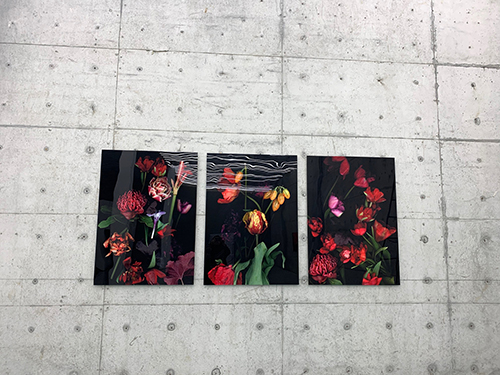
exhibition view
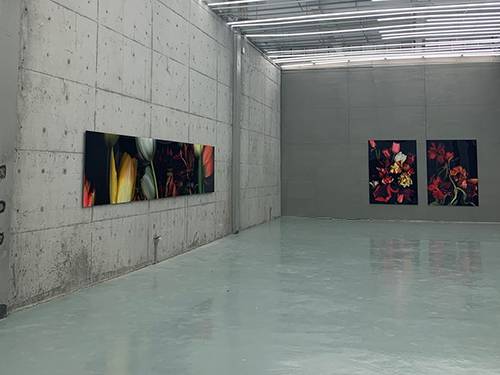
exhibition view
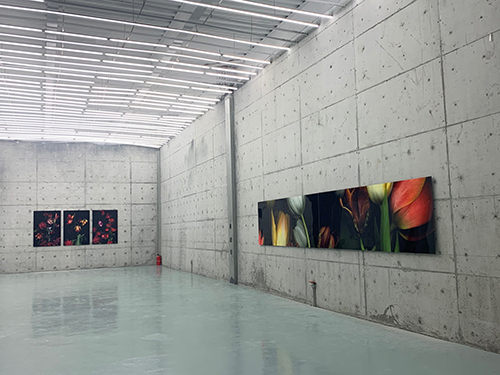
exhibition view
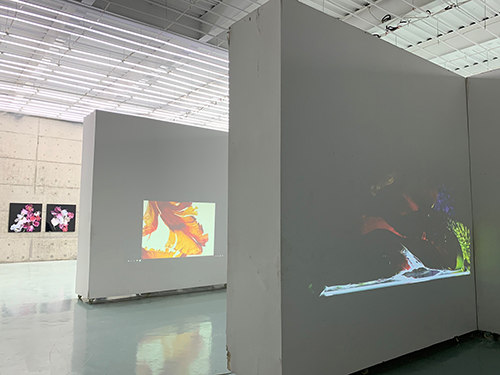
exhibition view
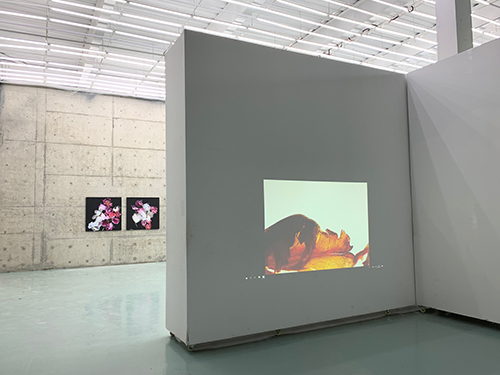
exhibition view
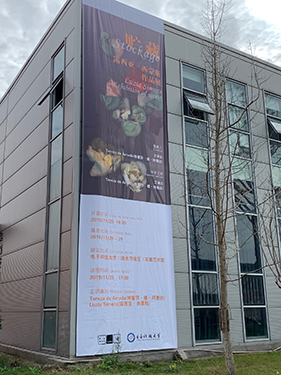
exhibition poster
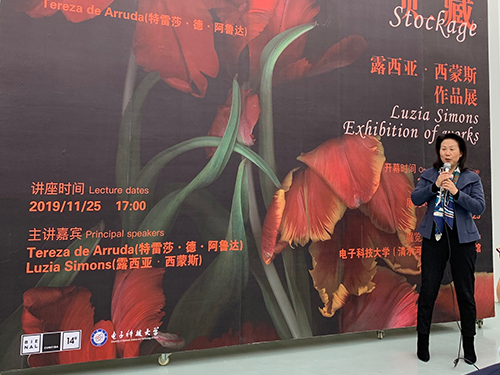
exhibition opening
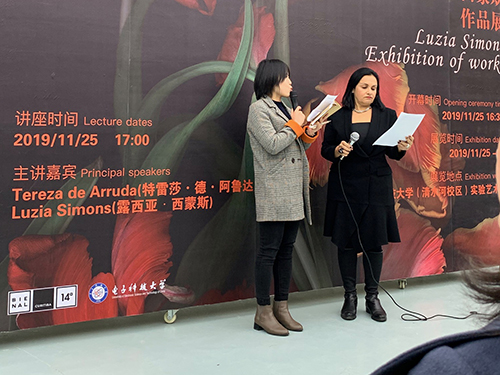
exhibition opening
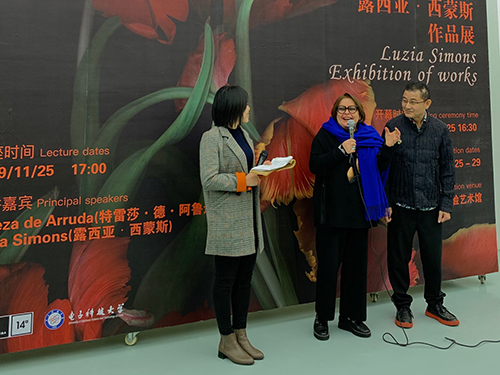
exhibition opening
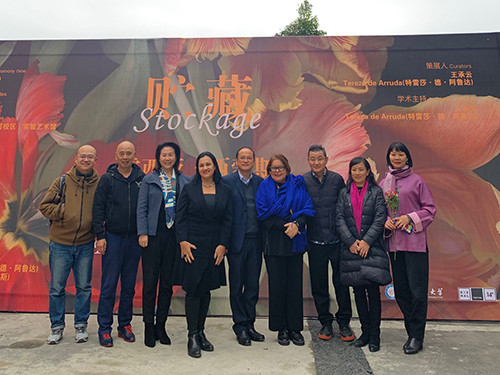
exhibition opening
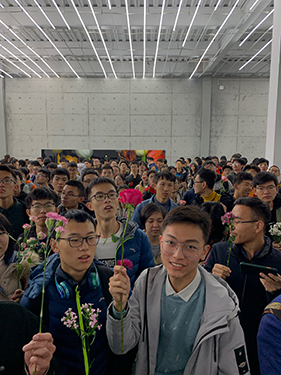
exhibition opening
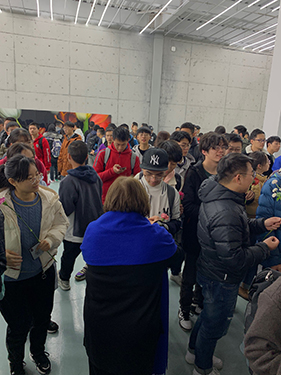
exhibition opening
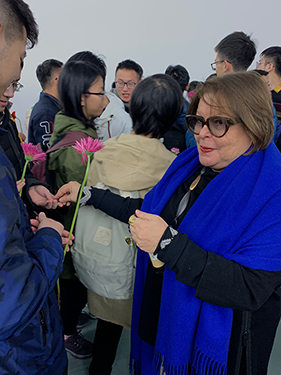
exhibition opening
Solo exhibition curated by Tereza de Arruda
The Brazilian-born artist Luzia Simons has developed a broad international artistic career, starting in Europe, where she has lived since 1976. She spent the first ten years in France and subsequently lived in Stuttgart in Germany. She currently lives and works in Berlin. Her work is fundamentally based on photography and has been widely revered for decades through its constant presence in individual and group exhibitions, and now forms part of several state and private collections in Europe and Brazil.
Luzia Simons’ artwork originates from a relentless search for techniques to create images that are faithful to her imagination, experiences and expectations, following unusual paths that lead to experimental solutions, such as the use of unexpected tools to capture these images in ways other than via the conventional camera. She created the series Stockage in 1996 and, since then, has untiringly developed new pictorial modalities of the series. To elaborate her compositions, the artist is a precursor of the technique called scanography, making use of a scanner to capture the image, which is then printed by inkjet and laser in both small and monumental format. This technique allows the artist to reproduce flowers in a uniquely different way to a conventional photograph, capturing the details, shapes and colors with extreme depth perspectives, allowing the viewer to take a meditative dive into the details and providing a new way to look at the peculiarity of nature through these flowers. In these pictures not only does one see the tulips in their most beautiful state, but also the imperfections and decadence of irreversible nature.
During the production process, Luzia Simons juxtaposes flowers at different stages of their existence – aged, fresh or still in plump buds – vivid with color and abundant with curved petals, often accompanied by particles of pollen expelled during the manipulation of the flower on the scanner’s surface. The transitoriness of a flower that will eventually wilt and die is visible, and presented in contrast to this are images of fresh tulips that impregnate their habitat, employing their supposed eternal beauty; seductive and tempting, as is the Stockage series, which fascinates and seduces by its beauty and originality, independent of the place and context where it is exhibited.
The historical background of the tulip also attracted the attention of the artist: the first tulip bulbs and seeds were sent to Vienna in 1554 as a gift from Ogier de Busbecq, the ambassador of Holy Roman Emperor Ferdinand I, to the sultan of Turkey during the era of the Ottoman Empire. Soon this luxury object spread to Antwerp and Amsterdam, where it led to Tulipmania; a period in the Dutch Golden Age during which contract prices for some bulbs provoked the first recorded speculative bubble and then dramatically collapsed in February 1637. Due to this historical background, the tulip is now rooted in our imagination as a genuinely Dutch product. It is precisely a nomadic and multicultural journey like that of the tulip that is the focus of the artist; migration and ephemerality appear subtly throughout her artistic production. The strong autobiographical nature of her work does not go unnoticed. For her, the work Stockage becomes a milestone of her own transitoriness, multicultural intersection and interdisciplinarity. Stockage imposes itself in various contexts related to historical, aesthetic and conceptual content. In a post-globalized world, the layered cultural accumulation is worthwhile to create and disseminate cross-cultural identity. Her performance in this exhibition, designed for the Museum University of Science and Technology UESTC Chengdu, China, is part of this process and will certainly reinforce the introduction of Stockage into new horizons throughout Asia.
The vivid, organic, ornamental elements that exist in Luzia Simons’ work are also presented in this exhibition, where they gain an independent character and separate themselves from bidimensional representation. In the video Blacklist, different flowers lay on a surface and assume a slow-motion movement followed by a strong backlight, which accentuates the carefully composed choreography of the elements. The audience’s attention is captured by the organic beauty and autonomy.
Museum University of Science and Technology UESTC, Chengdu, China
Exhibition period: November 25—December 8, 2019
